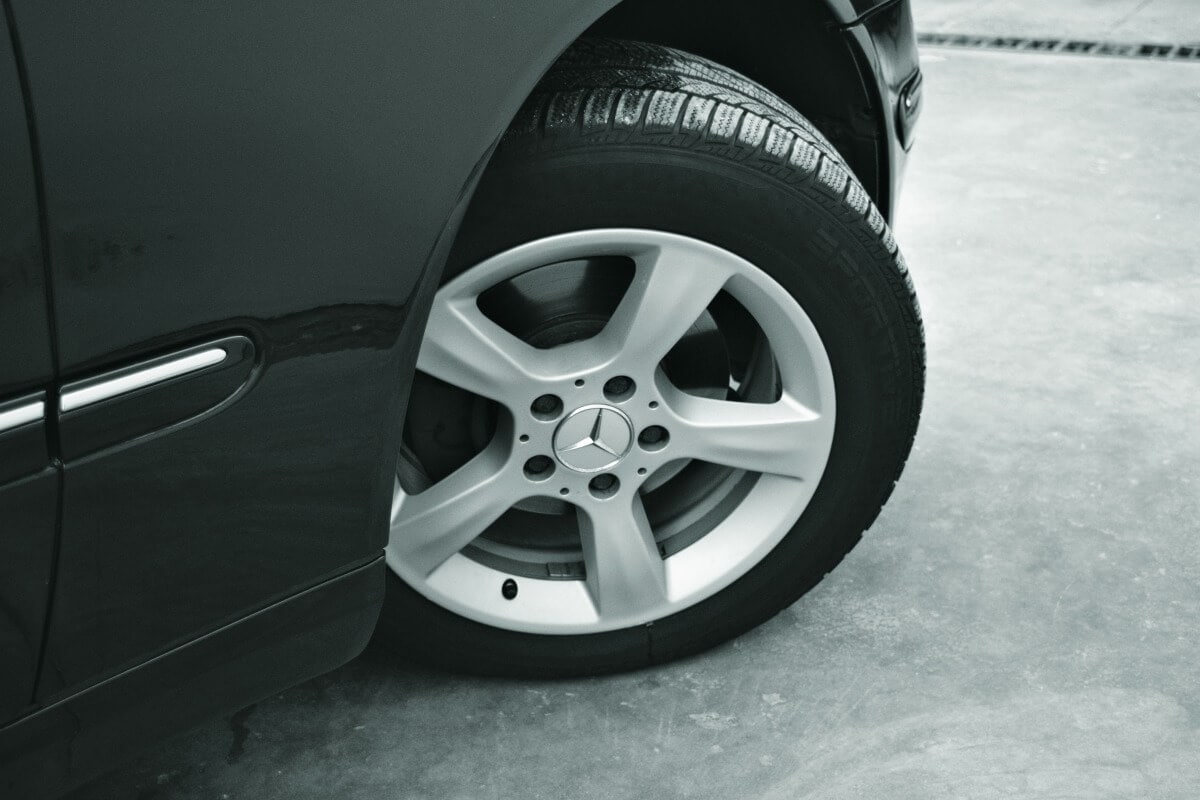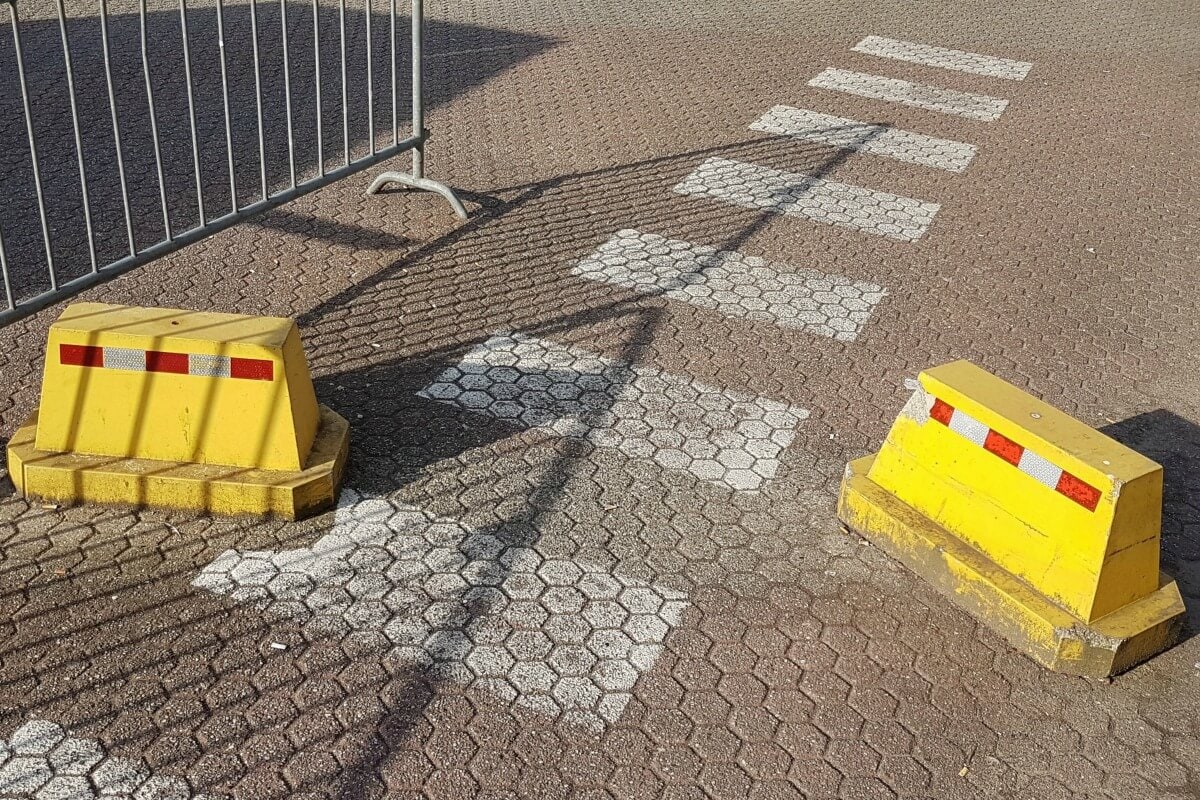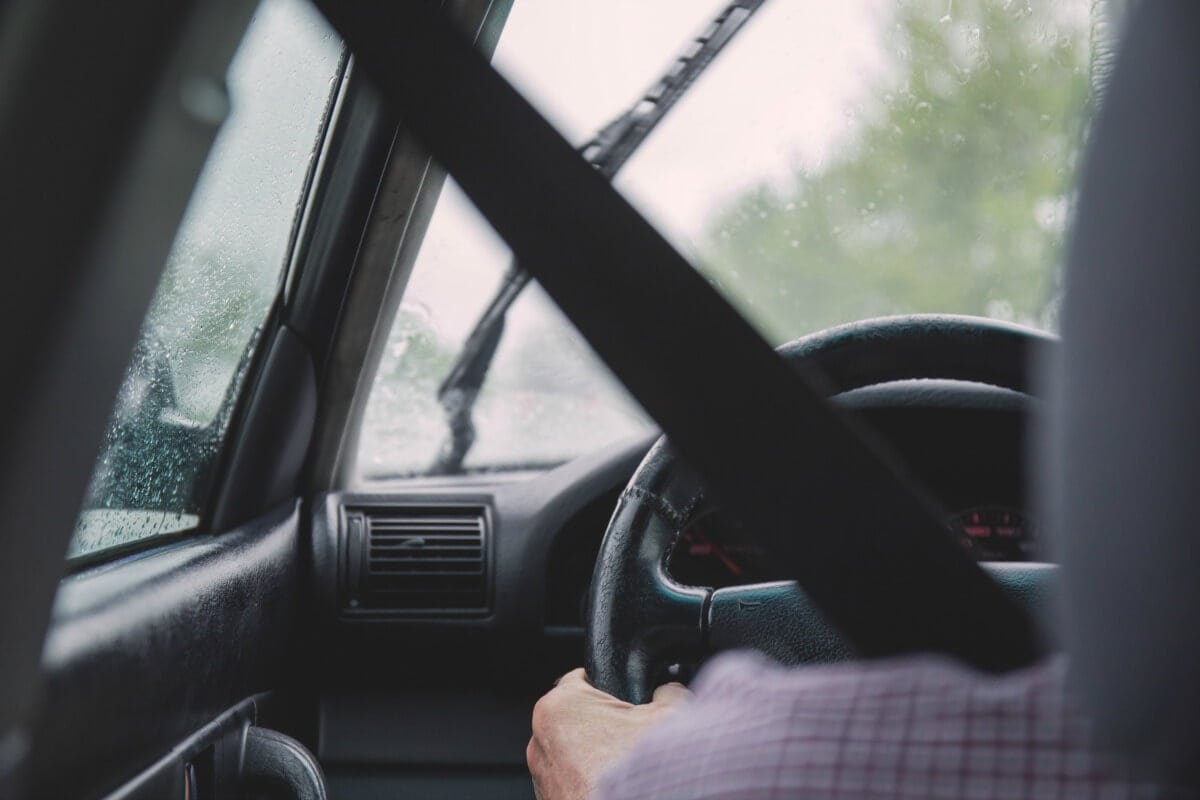Checkpoints are frequently utilized by law enforcement officers in North Carolina.
If the checkpoint is Constitutional and follows the statutory requirements laid out by the General Assembly, a vehicle entering the checkpoint can be stopped without any reasonable suspicion of criminal activity.
However, the question remains “what is the legality of stopping a vehicle that turns before entering a checkpoint?”
View our video here, or read the article for more in-depth discussion.
This article will analyze the legality of police stopping a vehicle based on the driver making a turn ahead of a checkpoint.
Standard for the Stop: Checkpoint or Reasonable Suspicion
In a case where a vehicle is stopped for allegedly avoiding a checkpoint, the Court must determine if there was reasonable suspicion for a stop to occur. A checkpoint stop itself would not require reasonable suspicion.
Therefore, “[t]he stop must be based on specific and articulable facts, as well as the rational inferences from those facts as viewed through the eyes of a reasonable, cautious officer, guided by his experience and training.” State v. Steen, 352 N.C. 227, 238-39, 536 S.E.2d 1, 8 (2000); see also State v. Roberson, 163 N.C. App. 129, 592 S.E.2d 733 (2004), which says that “such inferences must still be evaluated against the backdrop of everyday driving experience.”

Attacking the Checkpoint
What if it can be shown that the checkpoint was unlawful or unconstitutional? We have posted another article on attacking the legality of a checkpoint. The question before us here is: Does the legality of the checkpoint matter in the case of a person who has turned ahead of a checkpoint and is moving to suppress any evidence collected after a traffic stop?
In 2000, the Supreme Court, in analyzing a situation where a suspect turned away from a checkpoint, first determined the legality of the checkpoint. State v. Foreman, 351 NC. 627, 527 S.E.2d 921, 924 (2000) (discussed further below).
However, recently the Supreme Court seemed to suggest that the constitutionality of a checkpoint is unimportant as long as there was reasonable suspicion to stop, even if that reasonable suspicion is in part based on the fact that the vehicle made a turn ahead of the checkpoint. State v. Griffin, 366 N.C. 473, 749 S.E.2d 444, 447 (2013), which states that “because the trooper had sufficient grounds to stop defendant’s vehicle based on reasonable suspicion, it is unnecessary for this Court to address the constitutionality of the driver’s license checkpoint.”
Attacking the checkpoint obviously falls secondary to attacking reasonable suspicion in these types of cases, but the ability to show police misconduct may bolster the argument for suppression.
Practice Point
If avoidance of the checkpoint is being utilized as part of what gave rise to the stop, argue that the legality of the checkpoint should be considered. Would a reasonable and cautious officer be operating a checkpoint that does not comply with the Constitution or general statutes? From a public policy standpoint allowing a stop in such a situation appears to reward police despite failure to comply with legal requirements.

Attacking the Concept of a Turn Creating Reasonable Suspicion
We now come to the primary question at hand, “what circumstances justify reasonable suspicion for a legal turn ahead of a checkpoint?”
“[A] traffic stop based on an officer’s [reasonable] suspicion that a traffic violation is being committed, but which can only be verified by stopping the vehicle, such as drunk driving or driving with a revoked license, is classified as an investigatory stop, also known as a Terry stop. Such an investigatory-type traffic stop is justified if the totality of circumstances affords an officer reasonable grounds to believe that criminal activity may be afoot.” State v. Wilson, 155 N.C. App. 89, 94-95, 574 S.E.2d 93, 98 (2002).
Time, Place and Manner (Facts and Circumstances)
“Although a legal turn, by itself, is not sufficient to establish a reasonable, articulable suspicion, a legal turn in conjunction with other circumstances, the time, place, and manner in which it is made, may constitute a reasonable suspicion which could justify an investigatory stop.” Foreman, 527 S.E.2d at 923. This language from the Foreman Court indicates that the test for reasonable suspicion when turning away from a checkpoint depends on the facts and circumstances. The North Carolina Supreme Court in Foreman, echoed the U.S. Supreme Court’s analysis that “flight-wherever it occurs- is the consummate act of evasion: it is not necessarily indicative of wrongdoing, but it is certainly suggestive of such.” Illinois v. Wardlow, 120 S. Ct. 673 (2000).
On the other hand, reasonable suspicion in this context can be analyzed under the lens of whether the turn falls within the scope of what can be described as normal driving behavior. Roberson, 592 S.E.2d at 736.
Facts in Foreman
Remind the Court of the specific facts at issue in Foreman that lead the police to conclude that suspicious evasive activity was present. In Foreman, the Court found that just ahead of a sign indicating “DWI Checkpoint Ahead” the Defendant made a “quick left turn” onto a side street followed by “a second abrupt left turn” before the officer lost sight of Foreman’s vehicle. When the arresting officer again found Foreman’s vehicle parked, he could see several individuals crouched down in the vehicle and they remained in that crouched position for two minutes while the responding officer awaiting backup.
DISTINGUISH YOUR CASE
Therefore, frame your argument to the judge by showing that the turn in your case is within the normal range of driving behavior and not as indicative of an attempt to flee or elude contact with police.

Perimeter of the Checkpoint
The idea that avoiding a checkpoint creates suspicion of criminal activity is based on the premise that the driver knows a checkpoint lies ahead. Knowledge of a checkpoint is connected closely with the concept of the checkpoint’s border or perimeter. Key to the Foreman decision was that the suspect’s vehicle was within the perimeter of the checkpoint. Foreman, 527 S.E.2d at 922 (“Notice signs stating that there was a ‘DWI Checkpoint Ahead’ were posted approximately one-tenth of a mile prior to the stop” and “[i]mmediately prior to passing the checkpoint’s sign giving notice of the checkpoint, the vehicle made a quick left turn.”) The Court found it “clear that the perimeters of the checkpoint or ‘the area in which checks are conducted’ would include the area within which drivers may become aware of its presence by observation of any sign or marking or giving notice of the checkpoint.” Foreman, 527 S.E.2d at 924.
The reason that this discussion is so important is that the State needs to be able to show that your client was trying to avoid contact with police at a checkpoint. The fact that there are police cars on the side of a road and officers directing traffic does not by itself indicate a checkpoint. Police vehicles with blue lights are frequently seen with vehicles pulled over, officer’s directing traffic, accident investigation, near construction sites, etc. If the checkpoint involved in your case does not use signs to notify driver’s of a checkpoint ahead, then it would seem unreasonable to expect driver’s to know a checkpoint does lie ahead and therefore any motive to avoid the checkpoint dissipates.
Whether notification signs were used at a checkpoint may be something established in a written checkpoint plan. The supervisor of the checkpoint should also know whether such signs were allowed.
Practice Point
In many checkpoint cases the State assumes that your clients knows that blue lights near the roadway means checkpoint ahead. Make sure to discredit this assumption by pointing out the many reasons a police cruiser might have its lights engaged. If your case involves a checkpoint that did not utilize signage to notify driver’s a checkpoint was being conducted, the perimeter of the checkpoint may become significantly smaller to the point that it is almost nonexistent.

Concurrence In Foreman
Chief Justice Frye issued a concurring opinion in Foreman, it which he pointed out that the key part of the majority’s holding was a legal turn ahead of a checkpoint without more does not justify an investigatory stop.
Justice Frye, echoing the Court of Appeals, stated it “was not only constitutionally permissible, but prudent, for officers to follow vehicles that avoided the DWI checkpoint in order to ascertain whether other factors raised a reasonable and articulable suspicion of criminal activity. However, there is a difference between stopping a vehicle and simply following it. Reasonable and articulable suspicion is necessary for an investigatory stop, but unnecessary to justify following a vehicle. While mere avoidance of a DWI checkpoint may prompt law enforcement officers to follow a vehicle, it does not, alone, give rise to a reasonable and articulable suspicion of criminal activity.” Foreman, 527 S.E.2d at 925.
Frye’s logic is important if your case involves a situation where police immediately stop a vehicle that turns around or away at a checkpoint. If police jump the gun by stopping a vehicle at the moment of the turn, they have lost the opportunity to assess any legitimate reason for the turn away. Again, nothing prevents law enforcement from following your client as the drive away from the checkpoint to look for violations of traffic laws or to determine the intent of the turn based on the later direction and course of the vehicle.

Potential Cross Examination Questions for Checkpoint Avoidance Stops
- How long were you able to see my client’s vehicle?
- Did you observe any traffic violations as my client was driving?
- Were there signs indicating that a checkpoint was being conducted? If so, how far ahead of the checkpoint did the vehicle turn?
- Was there any sign indicating that a turn down the street my client travelled was not allowed?
- Any sign indicating that the driveway or road my client turned down was blocked?
- Any police standing at that roadway or driveway to indicate that the driver should continue through the checkpoint?
- How many police vehicles were at the checkpoint?
- How many officers?
- How long did you observe my client after the turn was made before initiating a traffic stop?
- Did you observe any illegal driving during the time you followed my client?
- Did my client turn abruptly or sharply?
- Was there anything unusual about my client’s turn?
- Were other cars stopped at the checkpoint at the time my client approached?
Contact Us
If you or someone you know has been charged with a crime, it is important to consult with an experienced DWI defense attorney that can help zealously defend your case. Contact us at Minick Law, P.C. for a free consultation on your case.




























